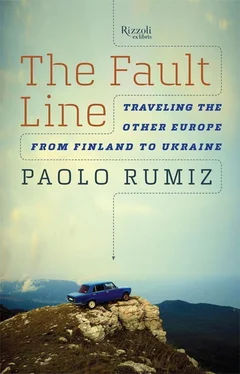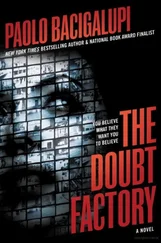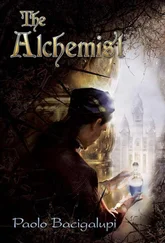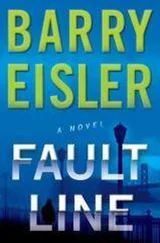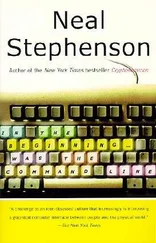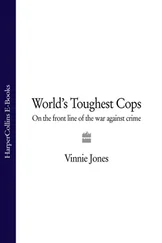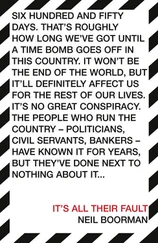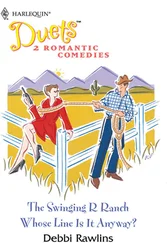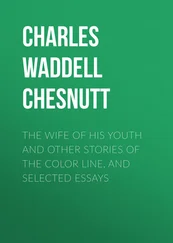“The French Jewish banks are eating up everything we have.” Those were the words I’d heard the night before from an old woman waiting to be evicted from her home. But here in Grodno, there were seventeen places of Jewish worship, and now there is only one. The name written on the outside, GRAND CHORAL SYNAGOGUE, is the sign of a building designed especially for song. It was designed and built in 1853 in pure Persian style by an architect brought in especially from Italy. Mariya, the old custodian, is a former Russian Orthodox converted to Judaism, but her faith is a hybrid of the two religions. She says, with feverish eyes, “Everyone is waiting for the coming of the Messiah. He will come when everyone takes up arms against Israel. Then the heavens will open up and He will go to her aid. It will be the second coming of Christ. The time will come soon; so it is written in the Torah. Then the Jews will believe in Him. Jesus will bless them, and Israel will be the first among peoples.”
They tell us that there is an old Jewish cemetery on the other side of the river.
A taxi driver drops us off in front of a wall of overgrown brush and says, “You can pass through there.” There is a path between the thorns and, at the end of it, an infinity of tombstones made crooked by the roots of the birch trees. We also have to climb over a crumbling wall covered with thistle. On the other side, the stone of Polyakov Abram Lazarevich. Then comes Rosenzweig David Bulfovich.
The tombs with the star of David rise up out of the vegetation like menhirs, covered with gray and mustard-yellow lichens. Some of them have a red star.
Over everything shines the fiery light of sunset. Thousands of dead among the blueberry bushes, and they are the minority. The others were burned in the ovens.
Amid the thorns and brush, a woman in a poppy-red dress is sweeping off a grave. She looks like a vision, a mirage. With her is a little boy who is helping her. Not far off, a man is cutting the underbrush with a sickle. The name of the woman in red is Lilja, and she tells an extraordinary story. “My husband and I are Orthodox, but we have adopted this place. Since we retired, we clean one grave every day. I live in that house back there, next to the perimeter wall, and for years, I’ve been struggling to keep this place from decaying. I know all of the people who inhabit it.” She says “inhabit,” because she speaks about her tenants as though they were still alive.
The man: “In 1969 confessional cemeteries were abolished and no one could be buried here anymore. Today, it is allowed again, but there are almost no Jews left.” He tells us about his losing battle against the underbrush and the tree roots. “The law prohibits cutting down trees, so I spend my life pruning. But by now the tombstones are one on top of the other and you can’t make heads or tails of them.” I ask him why it is that there are no Jews helping him. “I knew a lot of these dead people, and they fought together with me so this place wouldn’t decay.” He tells us there was also another cemetery, but they built a stadium on top of it. “A terrible thing.”
Littler Igor says to Monika, “Come with me, I’ll take you to see the tomb of a saint,” and climbs onto the base of a pyramid covered with Hebrew characters. “He was a rabbi. Lots of people come to visit his grave. They always ask him something.”
They have two wolf dogs. They are the guards of Lilja’s house. Once they smelled some strangers outside the gate. Lilja saw some boys trying to get in. She screamed, threatened them, and scared them off.
“Vandals! They ruined some tombs in the Orthodox cemetery too. They come here to drink; they smoke, make a mess, screw. A lot of times at night there are ill-intentioned thugs who come around, and we get scared. That’s why we have the dogs. But I say to myself, with all the drunken hoodlums that there are around here, why in the world doesn’t the city government send a custodian here to clean the place up?”
I ask why she has chosen to do this work.
“I love the Jews. They are extraordinary people. So many of them were killed, and so many have gone away. The big exodus was in the 1990s, and now we feel even more alone.”
But doesn’t the cemetery make you sad?
“I don’t live with the dead. I live with the living and for the living. For the ones who come back, and there are lots of them. This pastime gives my life meaning. And it keeps my husband in good shape.”
We go back to the city. The moon has risen over the Neman. The church of the Poles, the former lords of Grodno, is full of women and resounds with shrill vespertine chants, charged with national more than religious ardor. In front of the Orthodox church of the Mother of God, at the end of the service, women with handkerchiefs around their necks are exiting tumultuously and rapidly from the nave, which is full of lighted candles. Are they running away? No, they’re just making a run up to a final twirl to face the church and make the sign of the cross. Christian prayer in the Slavic world is highly corporal, much more forceful than the distracted gestures of Roman Catholics. The final twirl morphs into a bow and the bow into an elevation. Their entire bodies arch upward to allow the right hand to make a long vertical parabola and then the transverse movement, which together trace against the backdrop of the stars the sign of the cross and—why not?—the coordinates of my journey along the frontier.
Endless fields, snowlike frost backlit by the morning sun, and then land, land, grain tall enough to dive into, to swim across. Spaces that would go to the head of any farmer, or any general in the mood for conquest. Belarus, green heart of Europe. A four-lane highway, empty as a takeoff runway, cuts across it without a curve, with interminable ups and downs. Road signs indicate the beginning and end of towns that aren’t there. There’s nothing between one sign and the next; the inhabited area is far away, reachable by side roads between woods and birch stands. In the twenty-five days since the Kola Peninsula, we have gone from winter to midsummer. Forests and sky. Sky and forests. With nothing in between.
I look for the remains of the uncontaminated peasant world that Primo Levi, liberated from Auschwitz, discovered and loved during his railroad saga all the way to the Dnieper and on to Romania. A happy world whose epicenter was in Belarus, in a village known as Stariya Darohi, Ancient Roads. It is exactly those ancient roads that we have decided to travel, for just one day, renting a taxi to take us as far as Baranovichi, in the belly of the country, where our train for Ukraine leaves from. There are no train lines that run along the border; before we go south, we have to go east. Horizontal Europe blocks our route more frequently now, and we have to resign ourselves to proceed in a zigzag fashion, like a sailboat tacking into the wind. To get to Baranovichi there is no alternative to the automobile. The bus network is too complicated and too slow; the magnetism of Minsk is too strong. All the roads converge on the capital, and it’s hard to escape its web without independent means.
It’s six in the morning and the taxi driver is grumbling. He doesn’t want to get his Volga dirty, but we stubbornly seek out dirt roads, villages, geese, rivers. We are crazy about this blinding sunlight, sharp, already southern. The towns are Swiss tidy, the roads without a single pothole. If the Russian countryside is falling apart, here the entire country seems to be committed to and involved in a conservation and maintenance program. Wooden houses, blue and mustard yellow. In a wood, lovely girls in two-piece outfits walk barefoot with baskets of strawberries. Very few matryoshka figures; even in the countryside the female beauty is radiant. In Žaludok begins the chernozyom , the legendary black soil that goes all the way to the river Don. In Pieskavce, fields covered with dew, spiderwebs woven between birch limbs, crosses adorned with flowers at the intersections. Sailboats in dry dock. The Neman.
Читать дальше
